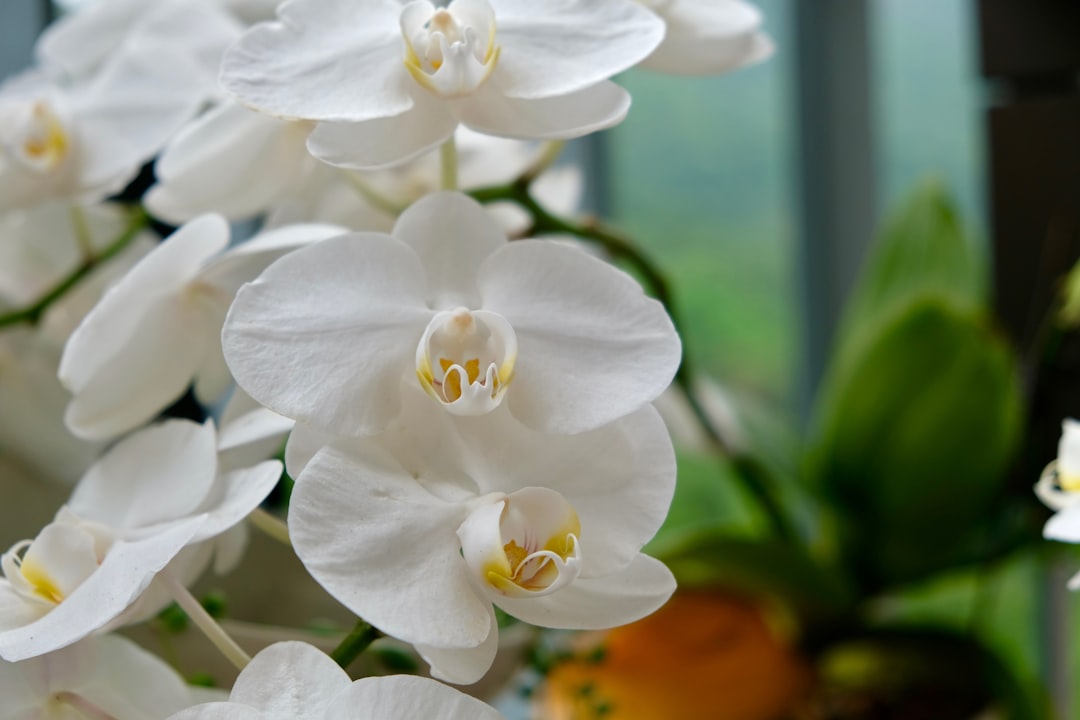Nurturing Our Feathered Friends Through the Frosty Months

As the cold winter months approach, our gardens transform into a frosty wonderland. But for wild birds, this season can be a challenging time. With the right care and attention, we can ensure that these beautiful creatures not only survive but thrive during the coldest part of the year. Here are some expert tips on winter wild - bird care.
Safety Precautions
First and foremost, safety is of utmost importance. When setting up birdhouses and birdbaths, make sure they are in a secure location. Avoid areas where predators can easily access them. For instance, place birdhouses at least 5 - 6 feet off the ground. This height makes it difficult for cats and other ground - dwelling predators to reach the birds. Also, check the birdhouses regularly for any signs of damage or wear. Repair any holes or loose parts to keep the birds safe from the elements and potential predators.
When it comes to birdbaths, use a heater or a de - icer to prevent the water from freezing. Frozen water is not only useless for the birds but can also cause harm if they try to drink from it. However, make sure that the heater or de - icer is safe and properly installed to avoid any electrical hazards.
Creating a Habitat
Wild birds need a suitable habitat to survive the winter. Planting native shrubs and trees in your garden can provide them with natural shelter. Evergreen trees, in particular, are excellent as they retain their foliage throughout the winter, offering protection from the cold wind and snow. Berry - producing shrubs like holly and winterberry are also great additions. The berries serve as a natural food source for the birds during the winter months.
You can also create brush piles in a corner of your garden. These piles offer a cozy hiding place for birds. They can use the twigs and branches to build nests and stay warm. Make sure the brush piles are away from high - traffic areas to give the birds a sense of security.
The Best Bird Food Types
Providing the right food is crucial for the birds' survival in winter. Different bird species have different dietary needs. Black - oil sunflower seeds are a favorite among many birds. They are high in fat, which is essential for birds to maintain their body heat during the cold weather. Suet is another excellent option. It is a high - energy food made from animal fat. You can hang suet feeders in your garden, and woodpeckers, nuthatches, and chickadees will surely appreciate them.
Millet is also a good choice, especially for ground - feeding birds like sparrows and juncos. You can scatter millet on the ground or use a platform feeder. Additionally, offering a variety of foods will attract a wider range of bird species to your garden.
Feeder Location
The location of your bird feeders can significantly impact the birds' ability to access the food. Place feeders in a visible and accessible area, but also one that offers some protection. For example, you can place them near a shrub or a tree. This way, the birds can quickly fly to safety if they sense a predator. Avoid placing feeders too close to windows, as birds may accidentally fly into them.
It's also a good idea to have multiple feeders in different locations. This reduces competition among the birds and ensures that more birds can get their share of food. Clean the feeders regularly to prevent the spread of diseases. Use a mild soap and water solution to clean them, and let them dry completely before refilling with food.
In conclusion, taking care of wild birds in winter is a rewarding experience. By following these expert tips on safety precautions, creating a suitable habitat, providing the right food, and choosing the proper feeder location, you can make your garden a haven for these beautiful creatures during the coldest months of the year. So, roll up your sleeves, get out into the garden, and start making a difference for our feathered friends.